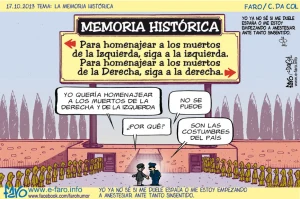About a year and a half ago, I left the classroom after teaching for 26 years. I took a job as content manager for the Spanish program at a school district. I have created and collected a number of supports for Spanish teachers, but the bulk of my time is spent on administrative things and not a lot of time directly supporting teachers in their craft.
What I loved most about being a teacher was the ability to be creative in unit and lesson planning. Sadly, I have not been able to find much time for creative pursuits. I do not wish to return to the classroom, so I need to find a way to have fulfilling work until I reach the age where I can start drawing some retirement funds. Since I have partial teaching pensions in two different states that I am not allowed to combine, I can’t fully retire for a while.
While I try to figure out how to make my work feel meaningful, I will share with you a few things I’ve collected over the last year and a half.
If you are looking for more listening resources, check out https://easyespanol.org/blog/spanish-podcast/ The podcasts are a reasonable length at 5-6 minutes. These audios would be for intermediate or advanced students. You can listen to and download the audios for free, but if you want the transcript, you have to pay for a subscription.
A trick for creating the transcript for an audio if your school provides you with a Microsoft 360 account: Log in to your Microsoft online account, then follow these instructions. It works better than anything else I’ve found online, but you will still need to proofread.
These interviews on the street by Easy Spanish are interesting for upper level students or heritage language learners. They have Spanish and English subtitles. I particularly enjoyed the one about reggaeton. You can create a transcript by clicking on the three horizontal dots under the video and selecting “show transcript.”
If you have the transcript for an audio, here are some good ideas for listening comprehension activities:
Señora Chase: Interpretive Quick Quizzes
Creative Language Class: Listening Chart
TPRS Witch: Very Narrow Listening
Another fairly new listening resource for novice and intermediate students is the ¡Cuéntame! podcast with transcripts. Garbanzo, published by Martina Bex, also has free podcasts and includes handouts.
One unfortunate thing about the internet is that great sites for teachers come and go, and if we do not download audios or videos, they might disappear. One terrible loss for Spanish teachers was the audio program Veinte Mundos. I found the site mostly intact through the Wayback Machine. Not all the audios are available, but the majority of the ones I tried were. One website I was not able to find on the Wayback Machine is the former radio program Nuevos Horizontes. I used a lot of those audios with my heritage language students.
I hope you find these resources useful and I hope not to let another 18 months go by without another post!


You must be logged in to post a comment.